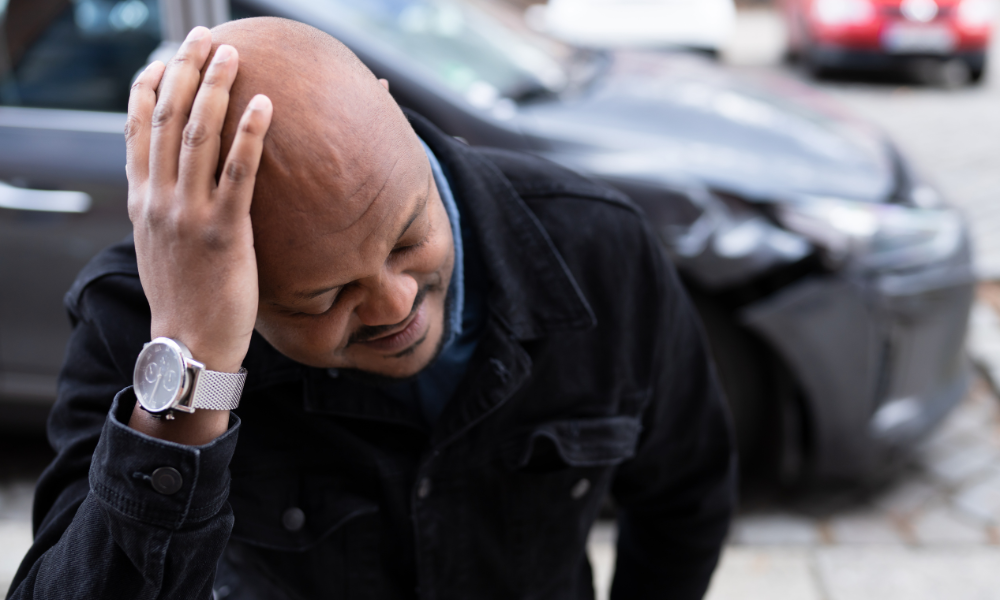
What You Need To Know About Common Car Accident Injuries In Delaware
When car accidents take place in the state of Delaware, the damage that

When car accidents take place in the state of Delaware, the damage that
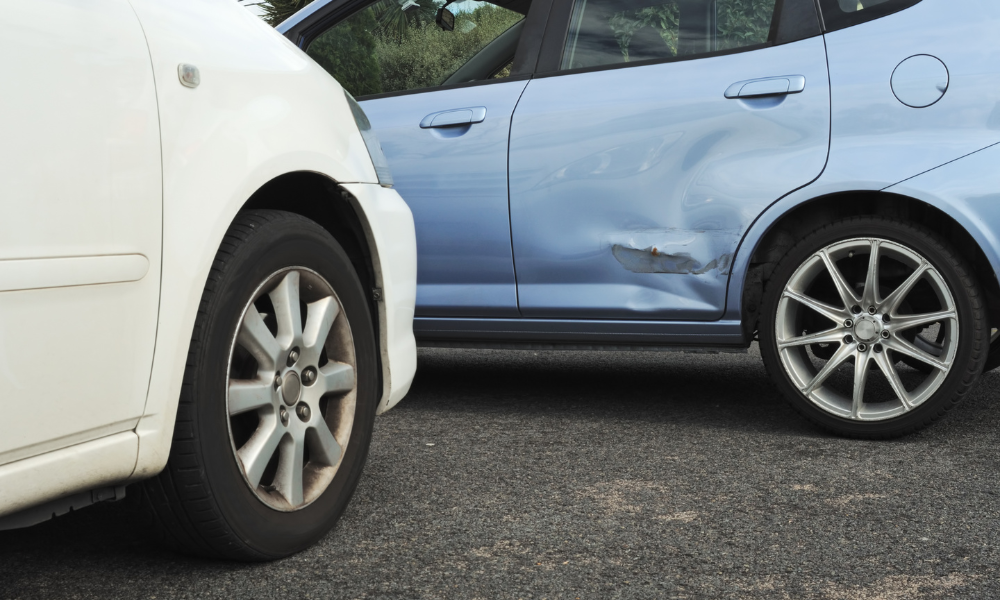
Intersection accidents are among the most common types of car accidents and truck
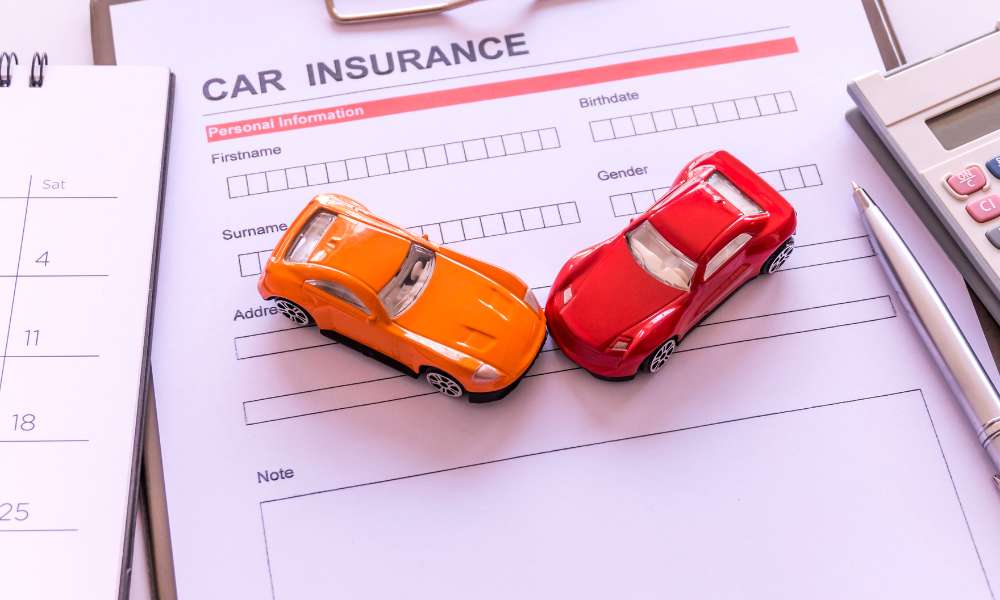
Car accidents are an unfortunately common reality, but when an uninsured motorist is
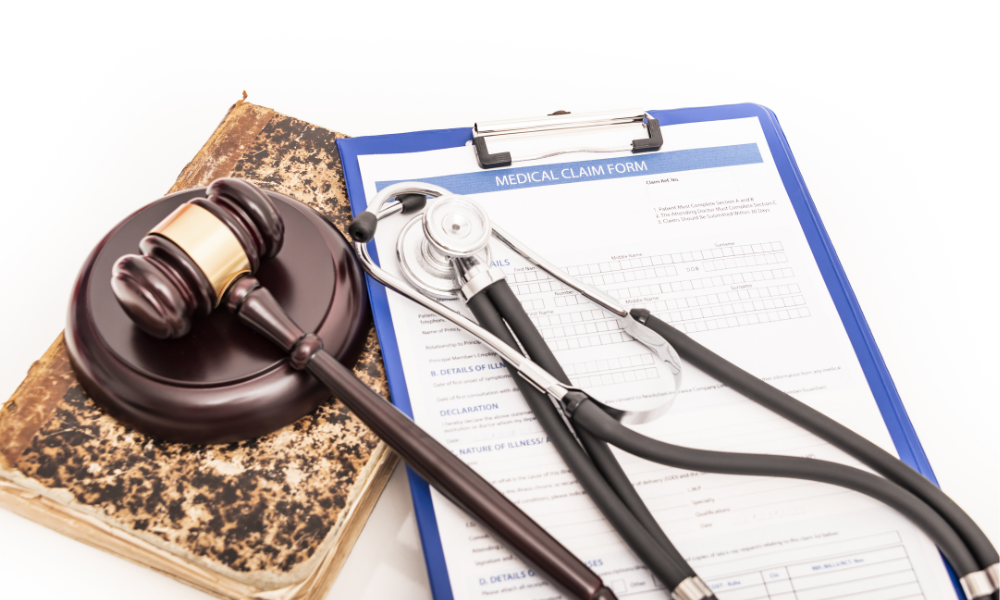
Negligence is the cornerstone of Delaware personal injury law. Negligence is the foundation
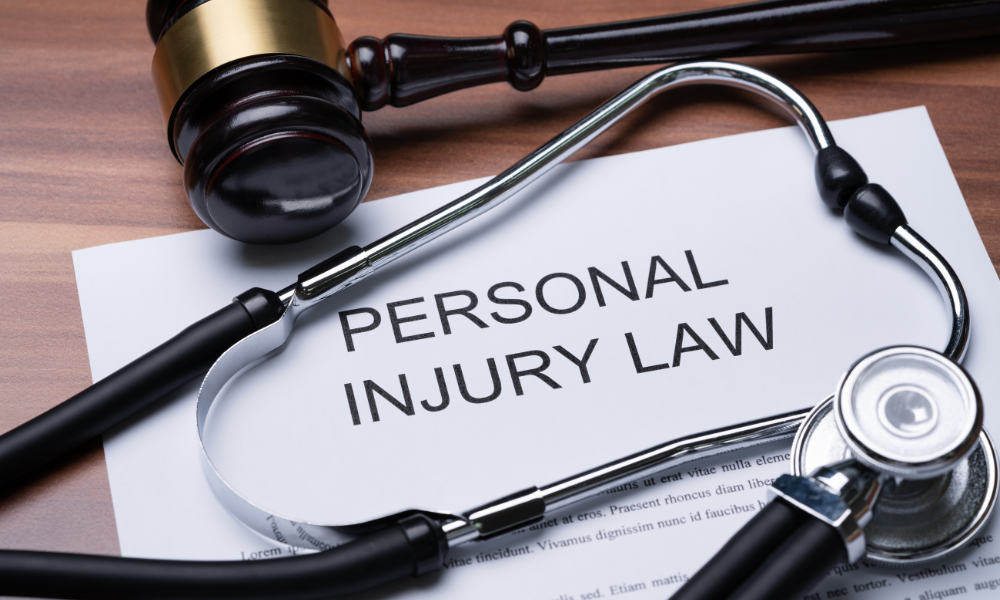
It always seems that accidents happen when you least expect them, instantly turning

Delaware is home to some of the most beautiful winter weather in the
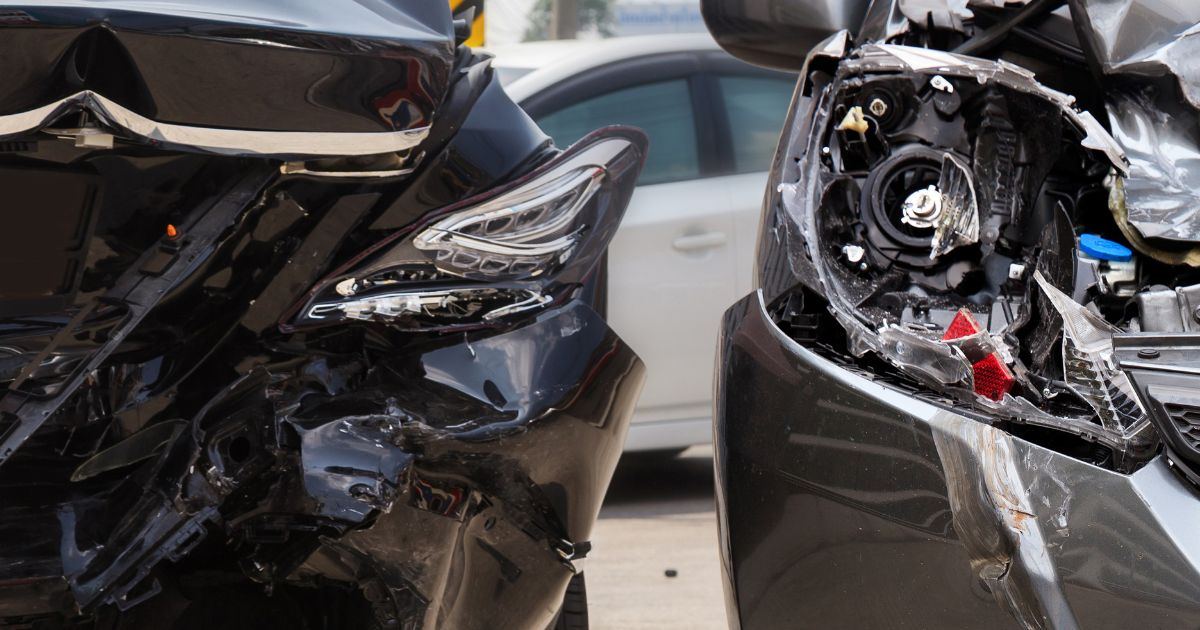
Car accidents can happen for a variety of reasons, but what happens when a
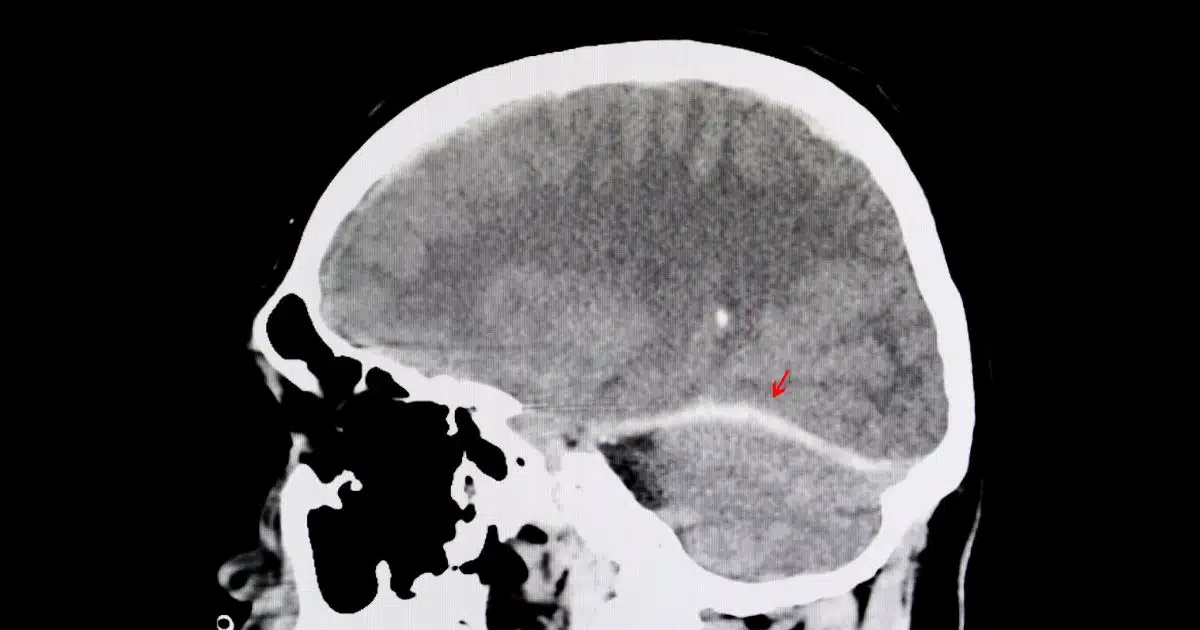
The types of brain injuries that can occur in car accidents depend on several
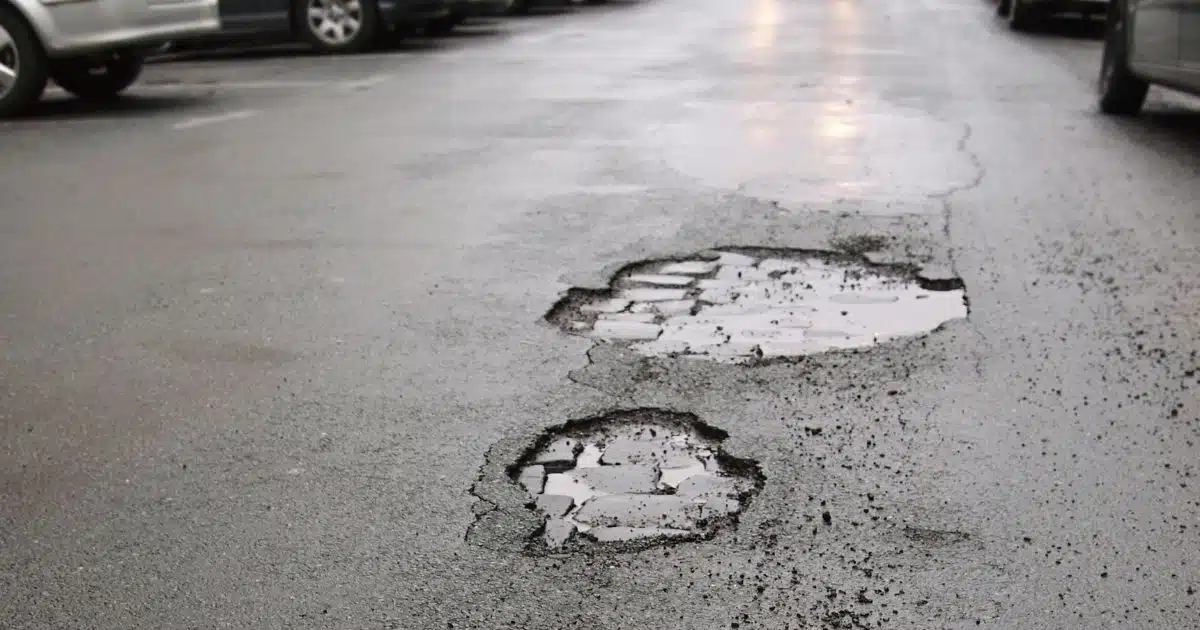
Whenever a roadway has a defect in its surface, it has the potential
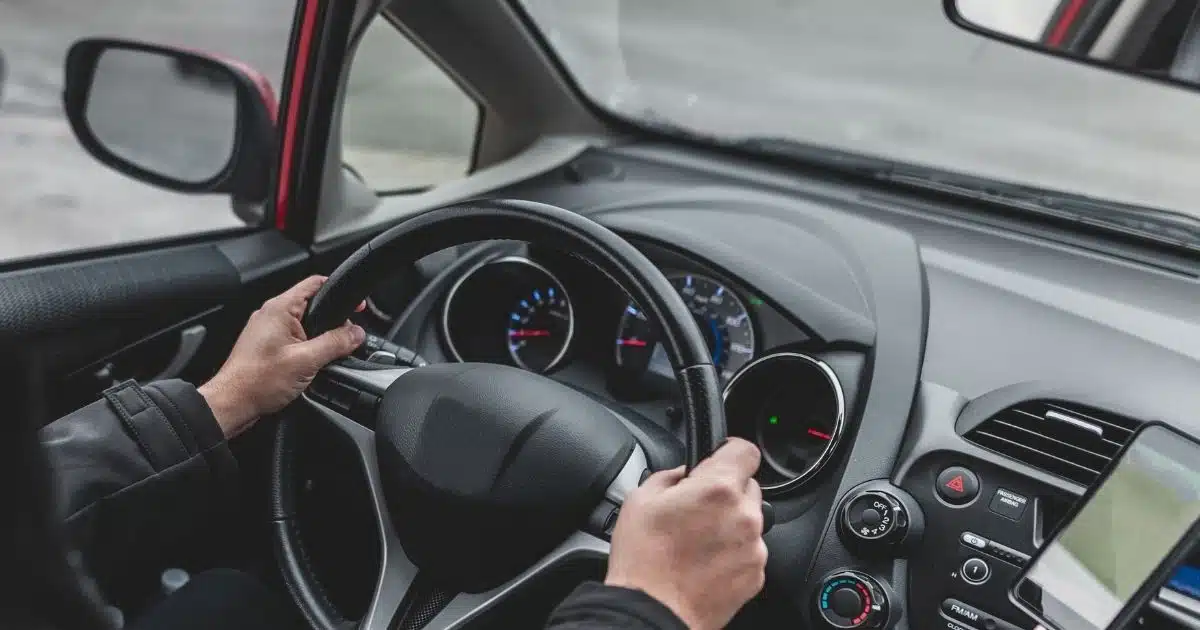
Driving in foggy conditions can be just as dangerous as icy roads, storms,

Our attorneys provide exceptional legal service with a personal touch. Since our founding in 1990, we have helped thousands of Delaware citizens obtain full and just compensation for personal injury claims. We have gained an excellent reputation as the “go to” law firm. Let us put our decades of experience to work for you.